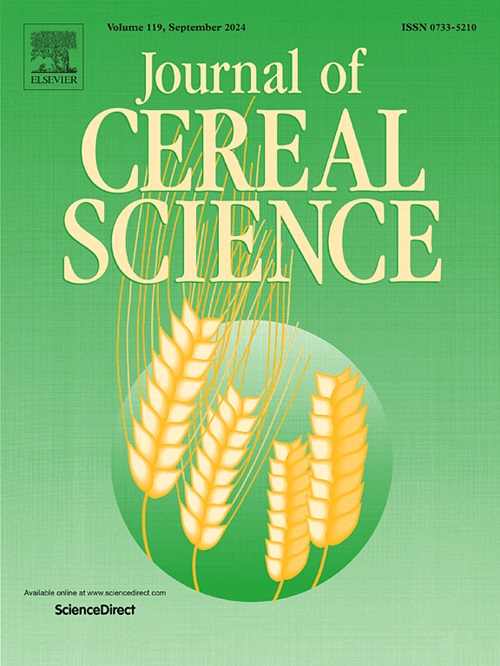谷物和假谷物微型蔬菜:有利于人类健康和可持续发展的新兴功能食品
IF 3.7
2区 农林科学
Q2 FOOD SCIENCE & TECHNOLOGY
引用次数: 0
摘要
全谷物和假谷物长期以来一直是能量和营养的主要来源。然而,它们的营养潜力往往受到蛋白质含量适中、关键微量营养素生物利用度低以及植酸等抗营养因子的限制。为了提高其营养价值,扩大其食品应用范围,人们探索了发芽、发酵、选择性育种和热加工等策略。这篇综述强调了微绿作为一种将谷物转化为营养丰富成分的新兴方法,通过批判性地探索谷物(如小麦、高粱、大麦、燕麦)和假谷物(如藜麦、苋菜、奇亚籽)微绿的营养、生物活性和功能特性,这些微绿显示出比成熟形式更高水平的蛋白质、矿物质和抗氧化剂。综述还探讨了影响其化学成分的关键农艺和环境因素,如光、温度和生长介质。除了具有促进健康的特性外,微型蔬菜还通过适合城市甚至外星农业的空间高效栽培方法,为可持续粮食系统做出了贡献。尽管具有潜力,但在成本、保质期、微生物安全、营销和标准化方面仍然存在挑战。这篇综述强调了进一步的临床验证、收获后技术的优化和监管框架的需要,以使微型蔬菜充分融入功能食品市场。最终,谷物和假谷物微蔬菜代表了一类新的功能食品,具有解决全球营养缺乏和支持弹性粮食系统的潜力。本文章由计算机程序翻译,如有差异,请以英文原文为准。
Cereal and pseudocereal microgreens: Emerging functional foods for human health and sustainability
Whole grain cereals and pseudocereals have long served as staple sources of energy and nutrients. However, their nutritional potential is often limited by moderate protein content, low bioavailability of key micronutrients, and anti-nutritional factors such as phytic acid. To enhance their nutritional value and expand their food applications, strategies such as sprouting, fermentation, selective breeding, and thermal processing have been explored. This review highlights microgreening as an emerging approach to transform grains into nutrient-rich ingredients by critically exploring the nutritional, bioactive, and functional properties of cereal (e.g., wheat, sorghum, barley, oats) and pseudocereal (e.g., quinoa, amaranth, chia) microgreens, which exhibit significantly higher levels of protein, minerals, and antioxidants compared to their mature forms. The review also explores key agronomic and environmental factors such as light, temperature, and growth medium, that influence their chemical composition. In addition to their health promoting properties, microgreens contribute to sustainable food systems through space efficient cultivation methods suitable for urban and even extraterrestrial agriculture. Despite their potential, challenges remain in terms of cost, shelf-life, microbial safety, marketing, and standardisation. This review highlights the need for further clinical validation, optimization of post-harvest technologies, and regulatory frameworks to fully integrate microgreens into functional food markets. Ultimately, cereal and pseudocereal microgreens represent a novel class of functional foods with the potential to address global nutritional deficiencies and support resilient food systems.
求助全文
通过发布文献求助,成功后即可免费获取论文全文。
去求助
来源期刊

Journal of Cereal Science
工程技术-食品科技
CiteScore
7.80
自引率
2.60%
发文量
163
审稿时长
38 days
期刊介绍:
The Journal of Cereal Science was established in 1983 to provide an International forum for the publication of original research papers of high standing covering all aspects of cereal science related to the functional and nutritional quality of cereal grains (true cereals - members of the Poaceae family and starchy pseudocereals - members of the Amaranthaceae, Chenopodiaceae and Polygonaceae families) and their products, in relation to the cereals used. The journal also publishes concise and critical review articles appraising the status and future directions of specific areas of cereal science and short communications that present news of important advances in research. The journal aims at topicality and at providing comprehensive coverage of progress in the field.
 求助内容:
求助内容: 应助结果提醒方式:
应助结果提醒方式:


